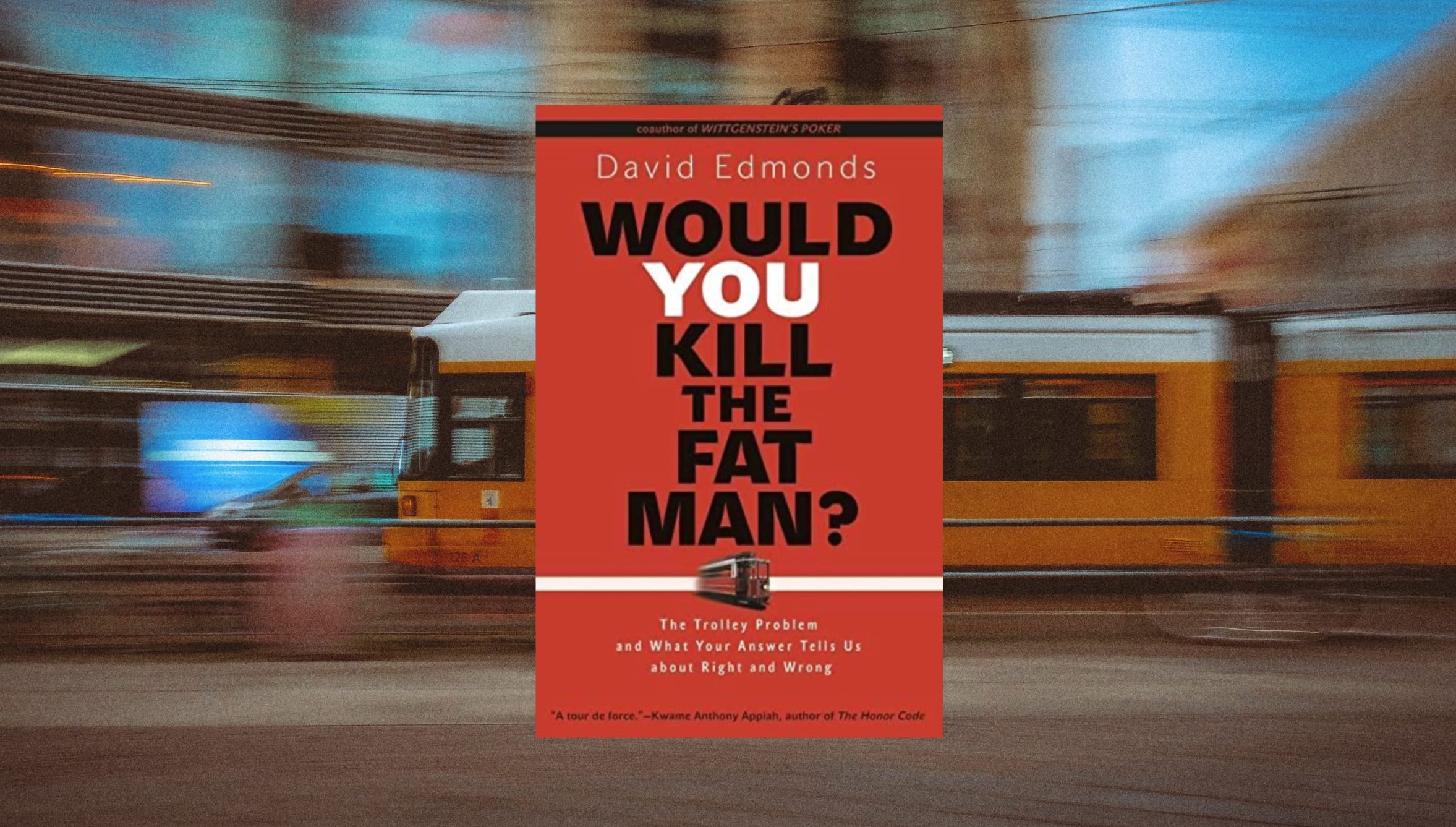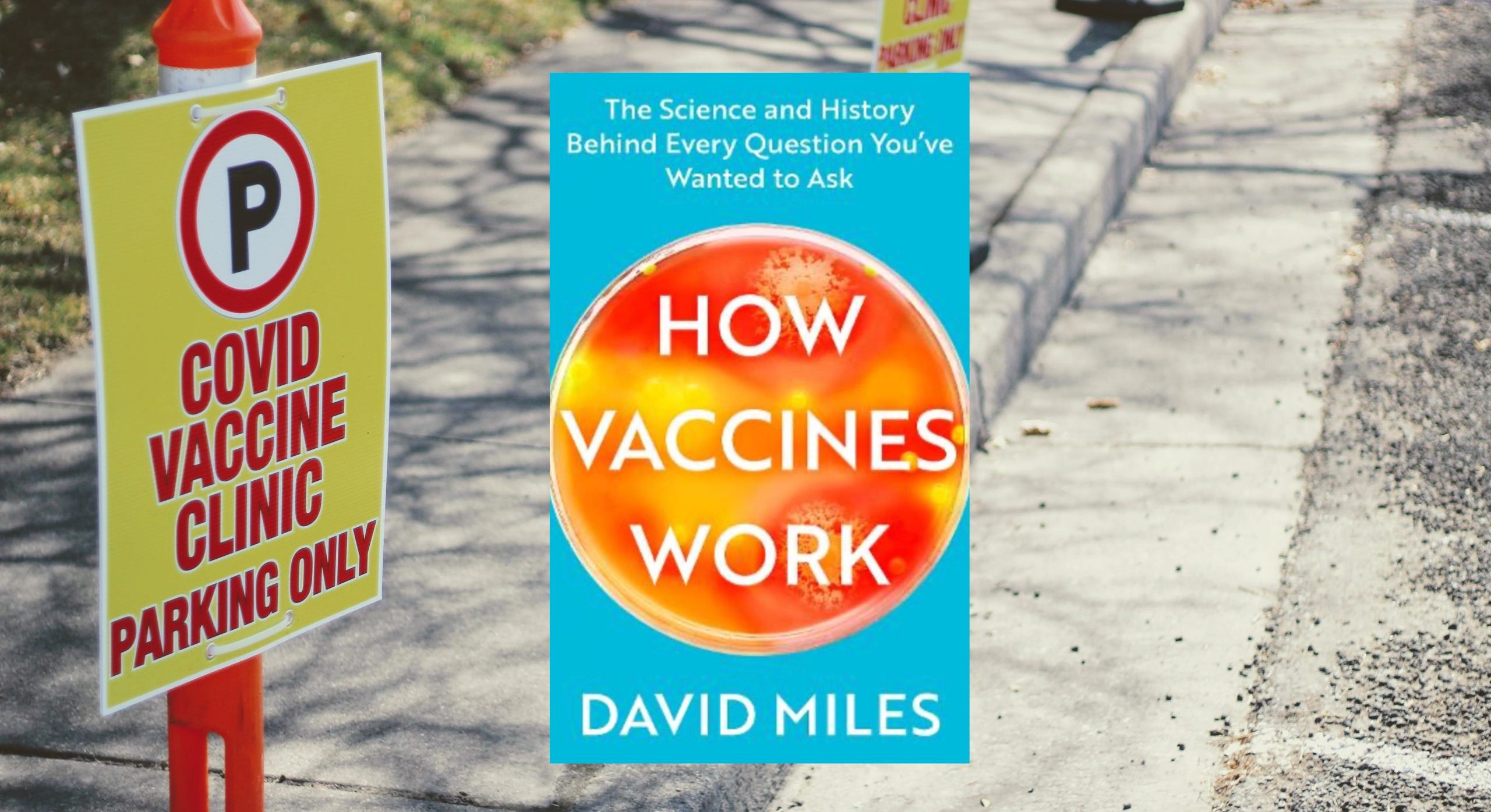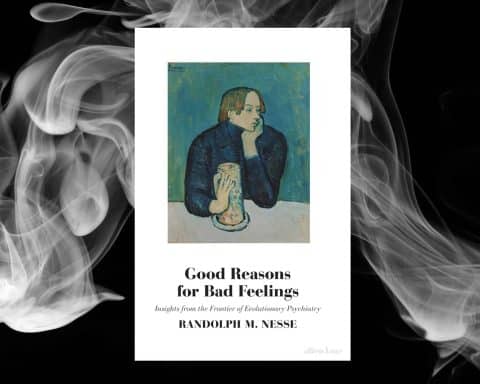
Are you looking for a serious and though-provoking read about practical ethics that is also engrossing, witty, and truly enjoyable with the can’t-put-down-able pull of a high-quality fiction title? If so, look no further than the 2013 offering by David Edmonds, Would You Kill the Fat Man? The Trolley Problem and What Your Answer Tells Us About Right and Wrong.1
Edmonds is a ‘Distinguished Research Fellow’ at Oxford University’s Uehiro Centre for Practical Ethics, a media broadcaster – including being the co-presenter (with Nigel Warburton) of the popular philosophy podcast series Philosophy Bites,2 and an author of many books including the international best seller Wittgenstein’s Poker: The Story of a Ten-Minute Argument Between Two Great Philosophers (co-written with John Eidinow), and the children’s book Undercover Robot (co-written with Hugh Fraser). The subject of this review previously received a three-page review in The New York Review of Books, and was selected as Editor’s Choice in the New York Times.3
Would you pull the switch, thereby ending one life to save the other five? A wide range of surveys suggest that most people would do so.
In Would You Kill the Fat Man, Edmonds takes a well-known philosophical thought experiment – commonly known as the ‘trolley problem,’ first introduced by British philosopher Philippa Foot in 1967 – and explores it and its various iterations in a fun, fresh, stimulating read. In doing so, the reader is also treated to a tour of major ethical frameworks and theories, their histories and founders.
The book centres around two philosophical thought experiments – that of Spur and that of the Fat Man. In Spur – the original trolley problem – an out-of-control trolley (or train) is hurtling towards five men who have each been tied to the track. All of these men face their guaranteed demise unless you – the thought experiment’s unfortunate protagonist – pull a conveniently-positioned switch in order to divert the trolley along a spur (an alternative stretch of track). Rather than five, only a single man is tied to this spur, who is also sure to perish if the trolley is redirected towards him. Would you pull the switch, thereby ending one life to save the other five? A wide range of surveys suggest that most people would do so.
In Fat Man, the scenario is similar to Spur but, rather than having a switch to pull (or not), you are standing on a footbridge that stretches over the track along which the out-of-control trolley is careering towards five men. Standing next to you on the footbridge is an enormously obese man who, if you push on to the track, would bring the trolley to a halt – thereby saving the five men – but would be instantly killed. Would you push the fat man? This time, surveys suggest that most people would not.
Would You Kill the Fat Man? is dedicated to exploring this difference – why are most people inclined to pull the switch in Spur, but not push the bystander in Fat Man, when the outcome of doing so – losing one life to save another five – is constant across both?
Edmonds begins by invoking the Doctrine of Double Effect and notes that, while the single man’s death by pulling the switch in Spur in merely foreseen, it is not intended (the protagonist would be overjoyed if, after pulling the switch to save the five, the lone tied man was able to escape and save himself before the trolley reached him), while in Fat Man, the death of the corpulent innocent is actively intended (his death is required for the other five men to be saved). For many people, this difference – between merely foreseeing and actively intending – is a morally relevant and unacceptable difference between the two thought experiments.
Throughout the book, Edmonds tests the reader’s intuitions by introducing new permutations of the Fat Man scenario, such as the age of those tied to the track and their relation to the protagonist, and a total of ten variations of the original Fat Man are presented to wrestle the reader’s moral reasoning. The railroad scenarios are often converted into alternative contexts, such as the hospital waiting room in which a Benthamite surgeon kills a healthy innocent man in order to retrieve his major organs so they can be used to save five others. Throughout these exercises, the author reveals the reader’s moral intuitions to be easily manipulated and influenced by factors that hold no moral relevance.
The cognitive workout provided by Would You Kill the Fat Man?, and the products of this exercise, have clear benefits for the practice of both front-line clinicians and public health practitioners.
The cognitive workout provided by Would You Kill the Fat Man?, and the products of this exercise, have clear benefits for the practice of both front-line clinicians and public health practitioners. This is especially the case with regard to implementing the bioethical principles of justice and non-maleficence,4 and ethical considerations in scarce resource allocation, within these professional contexts. Beyond this, readers may, like this reviewer, subsequently find themselves noticing trolley problems in all domains of life, not merely in their place of work.
I was aware of both Spur and Fat Man – the founding members of ‘trolleyological’ enquiry – and many of the philosophical concepts and frameworks prior to reading Would You Kill the Fat Man?, yet still managed to learn a great deal from the 240-page paperback, and found the read to be positively engaging and to constitute well spent reading time. Equally, for those without any background knowledge in philosophy or ethics, the book is easily accessible to any curious disposition, and dispenses with any notion that such subjects are obscure, impenetrable, and best stored in the ivory tower or seminar room.
At the very least, the book challenges the reader by asking how they would respond to fundamental questions in contemporary ethics, which will undoubtedly reveal thought-provoking insights into how the reader’s moral mind operates.
Deputy Editor’s note: for a real life example of trolley problems in primary care see this article by David Misselbrook: https://bjgp.org/content/71/703/75
References
- Featured book: Edmonds D. Would You Kill the Fat Man? The Trolley Problem and What Your Answer Tells Us About Right and Wrong.Princeton and Oxford: Princeton University Press, 2013.
- Podcast. Philosophy bites. David Edmonds and Nigel Warburton. https://open.spotify.com/show/6UmBytzR58EY4hN1jzQG2o (accessed 20 March 2023).
- Bakewell S. Clang went the trolley. New York Times 2013; 22 Nov: https://www.nytimes.com/2013/11/24/books/review/would-you-kill-the-fat-man-and-the-trolley-problem.html (accessed 20 March 2023).
- Beauchamp T, Childress J. Principles of Biomedical Ethics. Oxford: Oxford University Press, 2019.








